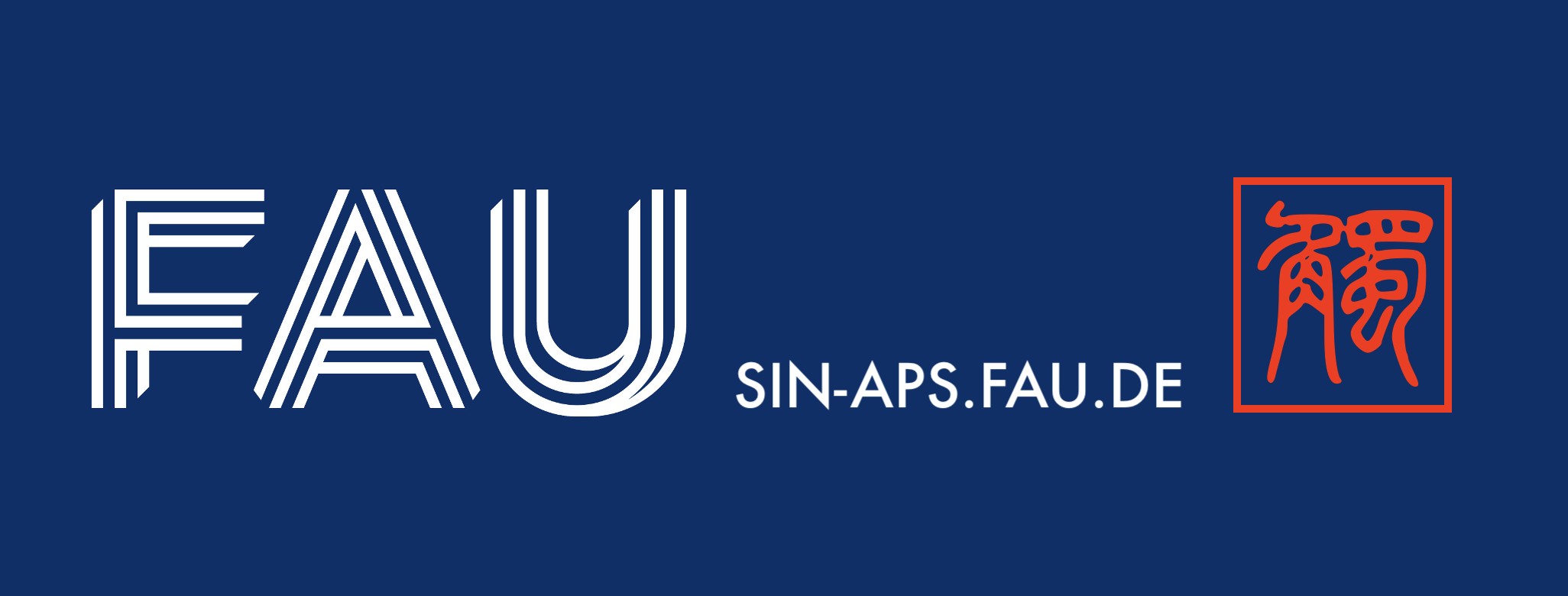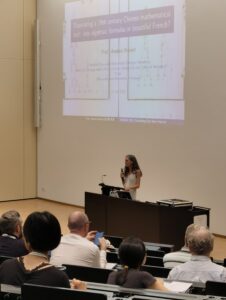16th ICHSEA in Frankfurt
The 16th International Conference on the History of Science in East Asia (16th ICHSEA) took place in Frankfurt am Main, Germany, 21st-25th August 2023. It was organised under the auspices of Goethe-University, Frankfurt am Main, on behalf of the International Society for the History of East Asian Science, Technology and Medicine (ISHEASTM).
The conference was the latest in a series of major international meetings that have taken place in Europe, East Asia and America since 1990. It vrought together nearly 400 researchers from all over the world to present and discuss their latest research relevant to the history of science, technology and medicine in East Asia from antiquity up to the present day.
Gus Tze Chan and Andrea Bréard attended the conference, the latter gave a talk on her latest book publication in the series Bibliothèque Chinoise (Les Belles Lettres, Paris) in a panel organized by Catherine Jami (CNRS, France) on ‘Translating East Asian Sources: Historical Studies and Research Practice’. A. Bréard spoke about Translating a 19th century Chinese mathematical text: into algebraic formulas or beautiful French? A difficult choice:
Early 20th century readers of Chinese mathematical texts rendered certain results directly into mathematical formulas. However, contemporary historians of science prefer to translate such texts into natural language to better reflect modalities of mathematical expression in the originals. While each option has its advantages and disadvantages and its own potential readers, Bréard argued that it can be fruitful to follow both paths in order to understand the choice of style by the author himself. Her argument is based on her translation of Li Shanlan’s Comparable Categories of Discrete Accumulations 垛積比類 (1867) into French. She described the kind of language used in the original, where a large number of summation procedures are expressed in Chinese literary prose. The formulaic nature of the identified procedural and algorithmic code of the book not only incites the translator to equate the original text with algebraic formulas but it also reveals that Li Shanlan himself might have used algebra to derive his procedures.
The entire program of the conference and all abstracts can be found on the homepage of the conference.


